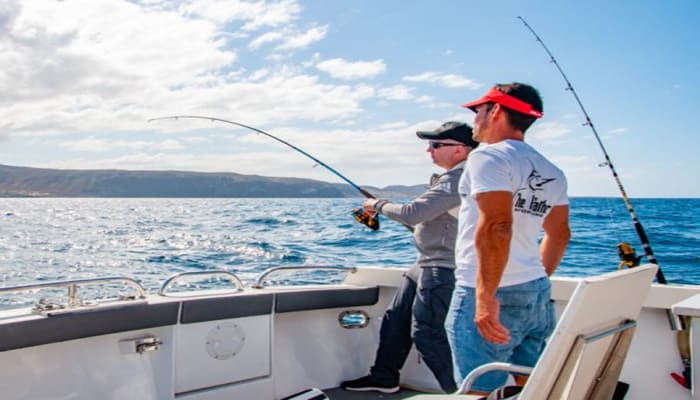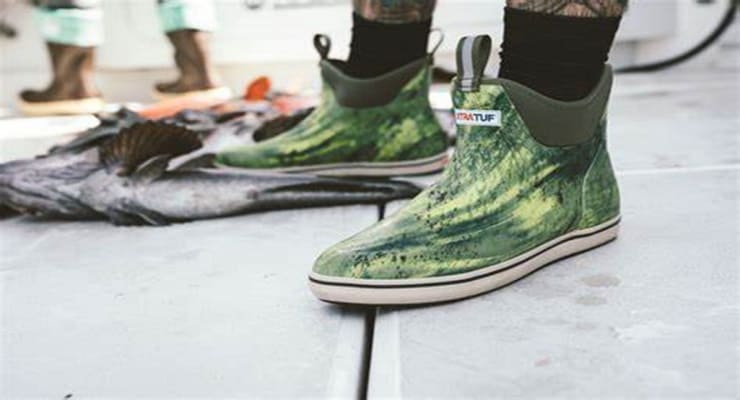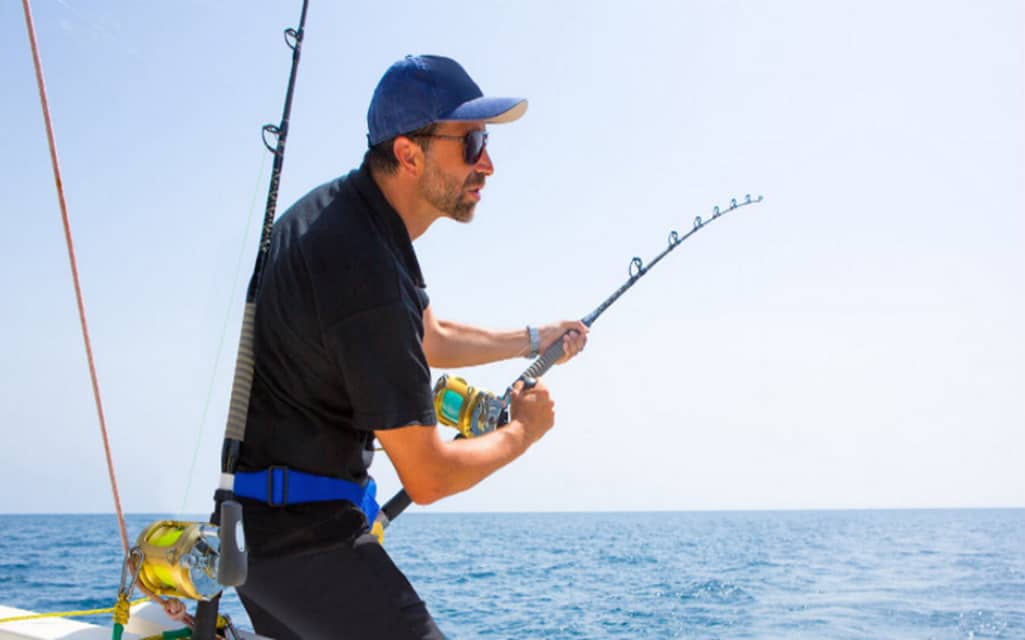Sailing the open sea has its perks. While some will think that nothing is interesting in the endless blue, offshore sailing enthusiasts will enjoy every moment. Some will fish, others will dive, while those true hedonists will relax in the sun and listen to the sounds of waves and seagulls.
In order for the pleasure of going on offshore sailing to be complete, you have to be ready for that adventure. It’s not complicated at all, especially if you don’t plan on fishing, diving, or doing water sports. If, on the other hand, you decide to throw the stick into the deep sea, you can find some valuable tips for offshore fishing on this link.
A good choice of clothes is critical because many people make a mistake and ignore the unpredictability of the open sea weather. It can change in a matter of minutes, and if you don’t have good clothes, that can be a problem. You risk a cold, hypothermia, and even physical injury. So read on a few tips on how to outfit properly for deep-sea sailing and fishing.
Be Ready for Temperature Changes
Going to the open sea is a real adventure that you have to be ready for. Keep in mind that the weather conditions there can be pretty harsh. Areas miles from the shore have a different climate than those around the coast, which are relatively sheltered. That is why the primary advice is to bring clothes that protect you from extreme weather – high temperatures, sun, wind, rainfall, storms, etc.
Wear Protective Tops
On the high seas, the temperature is generally lower than on the coast. Still, the heat can be quite high even then. Besides, water enhances the reflection of UV rays, which means that there is a greater chance of getting sunburns if you don’t protect your skin properly. That can happen even when temperatures are lower.
If you just sail and don’t plan to fish, you can always be in casual, lightweight clothes. Cotton or twill tops with short or long sleeves, depending on the weather, are always a good choice. When the heat is high, you may be tempted to be shirtless, but this carries the risk of burns and even sunstroke.
Proper sun protection should be wear daily, as explained below:
https://www.newswise.com/articles/the-importance-of-daily-sunscreen-use
But if you came to catch some big fish, it’s clear that you will have to get wet. You can find tank tops specially made for offshore fishing in specialized sports or fishing equipment stores. These are t-shirts made of waterproof material, tight around the sleeves and neck. That represents extra protection from extremes like wind and rainfall.
Outfits for Rainy Days
Rain is a common occurrence on the high seas, as there are no obstacles that prevent the collision of hot and cold air. Every experienced fisherman knows that. They always have their raincoats, fishing tops, or long-sleeved hoodies with them. Some models of these upper parts even have extra hoods that fit over the face and provide excellent protection from the sun and wind.
It’s essential to not wear too many layers of clothing when it rains. That will cause excessive sweating and an uncomfortable feeling on the skin. And if you add saltwater and dirt to it, you open the door to infection or a rash. That’s why it’s always better to feel a little chilly than sweat.
Comfy Bottoms

While the upper part of your fishing outfit should be specially adapted to the conditions on the high seas, you can be more relaxed when choosing the lower part. Basically, any pants or sweatpants you wear every day will do. The most important thing is that you feel comfortable in it and that you have freedom of movement.
For high temperatures, it is best to wear Fathom shorts, as they both look great and serve purpose. That way, you will sweat less, and your skin will be able to breathe. When wearing shorts, sun protection is a must. Feel free to use some high factor, like SPF 40 or even 50.
If you have sensitive skin, bottoms with long legs are a wiser choice. Since rain can fall even though it is clear, it is crucial that the bottoms of your outfits are made of materials that dry easily, such as cotton, linen, or even polyester. Cloths that have been declared waterproof are also resistant to certain stains. That will come in handy since catching big fish can often be a dirty job.
Don’t Forget Accessories
No outfit is complete without accessories, including this fishing one. Glasses and a hat are unavoidable details when sailing on the high seas. The reason is not of a fashionable nature but exclusively practical, as both of these serve their purposes.
A hat or cap represents additional protection from the sun. Radiation that hits your head can be dangerous because it can cause sunstroke. Head accessories will be of great help to you, as they create shade and improve your sight, even when the sun’s rays are reflected on the surface of the water.
Don’t forget that caps will come in handy even when it’s cold. Most of the body heat is lost over your head, so you should wear a fleece hat or beanie to keep you warm. Choose hats made of natural materials such as wool or cotton to prevent excessive sweating.
Glasses are also a useful accessory. In addition to the sun, they will protect you from radiation, water, wind, and dust. You don’t have to wear fashionable models but instead opt for sports ones, such as those worn by cyclists or skiers. They adhere to your head and maximally protect your eyes. Make sure that your goggles are UV-resistant and polarized, as these models will prevent glare from the water.
Always Have Spare Clothes
Offshore fishing differs from fly fishing because you don’t stand in water that goes up to your waistline. But that doesn’t mean you won’t get wet. You may be splashed by a fish on a deck or a wave hitting the edges of the boat. And if you’re not lucky enough to sail during the nice weather, you’ll be wet from the rain or wind.
Anyway, a spare outfit will come in handy if you get really soaked. Even if the weather is warm or you wear clothes that dry quickly, salt on them can irritate the skin and cause many inconveniences.
Good Shoes Are a Must

Shoes should be comfortable and made of natural materials. If you are not a professional fisherman, you can wear sandals or work shoes/boots, depending on the weather. Avoid sneakers because they often don’t have a non-slip sole and are not made of quick-dry materials. Visit this source for more tips on choosing fishing footwear.
The best choice is definitely special deck or boat shoes. These are made of fabric or leather and are generally worn without socks so that the skin can breathe. If you are fishing during colder weather, deep models are a good choice. On hot days, you can even wear crocs.
A good choice of clothes is important to make your offshore adventure more enjoyable. If you are too hot or cold, you won’t be able to focus on fishing. That is why you should wear something practical and comfortable so that a good catch doesn’t escape you.



